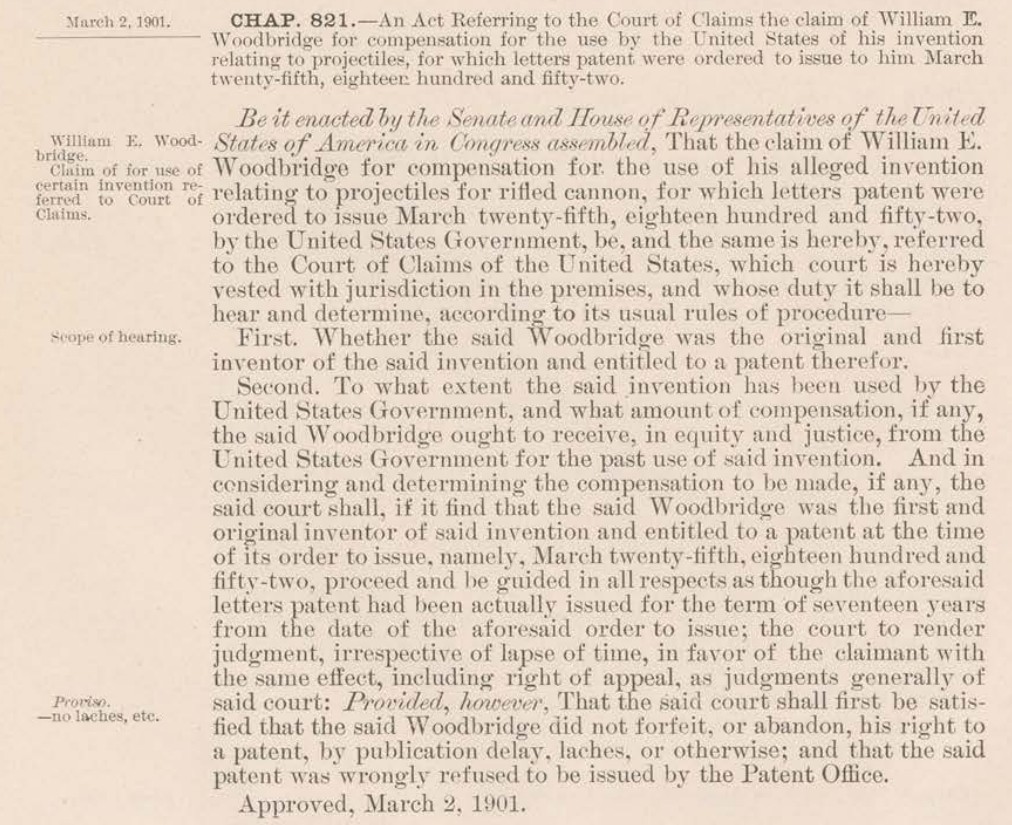Search Results for: hyatt
Bits and Bytes No. 125: Comments on Comments
The Timeliness of the En Banc Rehearing of Hyatt v. Kappos
Supreme Court takes Two More Patent Cases
Where we are with the GATT Bubble of 1995
Patently-O Bits and Bytes No. 59
PTO Publishes Comments on Proposed BPAI Rules
Hyatt’s Family Tree
Reopening Prosecution – Rather than Allowing Appeal
Old Applications; New Patents
Pending Supreme Court and en banc Federal Circuit Patent Cases
By Jason Rantanen
The Supeme Court continues to take an active interest in patent cases, with three currently pending before the Court. Briefs are available through the American Bar Association's Supreme Court coverage site.
Patent Cases Pending Before the Supreme Court:
Mayo v. Prometheus: Subject Matter Patentability of Processes, redux. In Mayo, the Supreme Court will revisit the issue of patentable processes in a case that was the subject of a grant-vacate-remand order following Bilski. The Court has asked the parties to answer the following question:
Whether 35 U.S.C. § 101 is satisfied by a patent claim that covers observed correlations between blood test results and patient health, so that the claim effectively preempts all uses of the naturally occurring correlations, simply because well-known methods used to administer prescription drugs and test blood may involve “transformations” of body chemistry.
Argument is set for December 7, 2011. This case has prompted substantial debate and numerous amici submissions. Prior PatentlyO posts:
- Prometheus v. Mayo (January 25, 2009)
- Mayo v. Prometheus: Medical Methods and Patentable Subject Matter at the Supreme Court (October 28, 2009)
- Prometheus v. Mayo: En Banc Petition on Patentability of Medical Methods (June 26, 2010)
- Mayo v. Prometheus Labs: Bilski and Medical Methods (June 29, 2010)
- Prometheus v. Mayo: Patenting Medical Methods (September 15, 2010)
- Prometheus Laboratories v. Mayo: The Broad Scope of Statutory Subject Matter (December 22, 2010)
- Supreme Court to Revisit Patentable Subject Matter Eligibility (June 20, 2011)
Kappos v. Hyatt: Standard of Review of Patent Office Appeals to the District Court. In Kappos v. Hyatt, the Supreme Court will address the de novo nature of a civil action brought by a patent applicant under 35 U.S.C. § 145. The Federal Circuit, sitting en banc, previously held that in such a proceeding the applicant many present new evidence to the district court and that any factual conclusions impacted by that evidence must be determined de novo, without deference to the patent office. The Supreme Court has not yet set oral argument. Prior PatentlyO commentary:
- Appealing a BPAI Rejection: Can the Applicant Present New Arguments and New Evidence to the District Court? (February 17, 2010)
- The Timeliness of the En Banc Rehearing of Hyatt v. Kappos (February 18, 2010)
- Hyatt v. Kappos: Federal Circuit Opens Door to Post-BPAI Civil Actions (November 8, 2010)
- US Government Asks for Increased Deference When Patent Applicants Challenge BPAI Decisions in Court (April 11, 2011)
- Supreme Court takes Two More Patent Cases (June 27, 2011)
Caraco v. Novo: Counterclaims Relating to Brand Name Description of Claim Scope. This case relates to a generic company's ability to seek a counterclaim to correct a brand pharmaceutical company's alleged misdescription of patent claim scope submitted to the FDA. Oral argument is set for December 5, 2011.
Patent Cases Pending Before the Federal Circuit Sitting en banc:
Akamai v. Limelight and McKesson v. Epic: Multi-Party, Multi-Step Infringement issues. In this set of cases the Federal Circuit will address infringement liability when multiple parties collectively perform separate steps of a muti-step process claim but no single entity performs all the steps. Oral argument will take place on November 18, 2011. Prior PatentlyO commentary:
